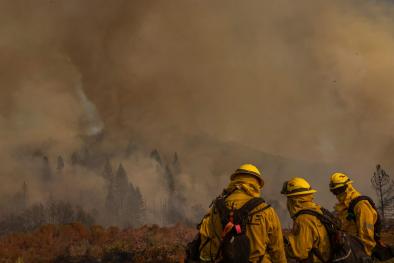Increasing trends in regional heatwaves
Study key findings
- This study is the first comprehensive worldwide assessment of heat waves down to regional levels.
- It finds that in nearly every part of the world heat waves have been increasing in frequency and duration since the 1950’s.
- Areas such as the Mediterranean, the Amazon, northeast Brazil and western Asia have seen significant increases in the number of heat wave days per decade.
- The research also produced a new metric, cumulative heat, which reveals exactly how much heat is packed into individual heat waves and heat wave seasons. The study finds that this number is on the rise.
Author quote
Not only have we seen more and longer heat waves worldwide over the past 70 years, but this trend has markedly accelerated.
The dramatic region-by-region change in heat waves we have witnessed over the past 70 years and the rapid increase in the number of these events, are unequivocal indicators that global warming is now with us and accelerating. This research is just the latest piece of evidence that should act as a clarion call to policymakers that urgent action is needed now if we are to prevent the worst outcomes of global warming. The time for inaction is over.
Dr. Sarah Perkins-Kirkpatrick, lead author and climate scientist with the ARC Centre of Excellence for Climate Extremes
Study abstract
Heat waves have increased in intensity, frequency and duration, with these trends projected to worsen under enhanced global warming. Understanding regional heat wave trends has critical implications for the biophysical and human systems they impact. Until now a comprehensive assessment of regional observed changes was hindered by the range of metrics employed, underpinning datasets, and time periods examined. Here, using the Berkeley Earth temperature dataset and key heat wave metrics, we systematically examine regional and global observed heat wave trends. In almost all regions, heat wave frequency demonstrates the most rapid and significant change. A measure of cumulative heat shows significant increases almost everywhere since the 1950s, mainly driven by heat wave days. Trends in heat wave frequency, duration and cumulative heat have accelerated since the 1950s, and due to the high influence of variability we recommend regional trends are assessed over multiple decades. Our results provide comparable regional observed heat wave trends, on spatial and temporal scales necessary for understanding impacts.
Related Content



